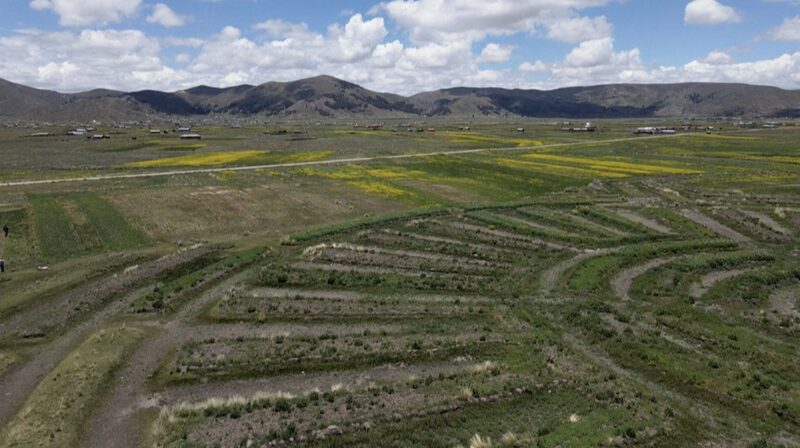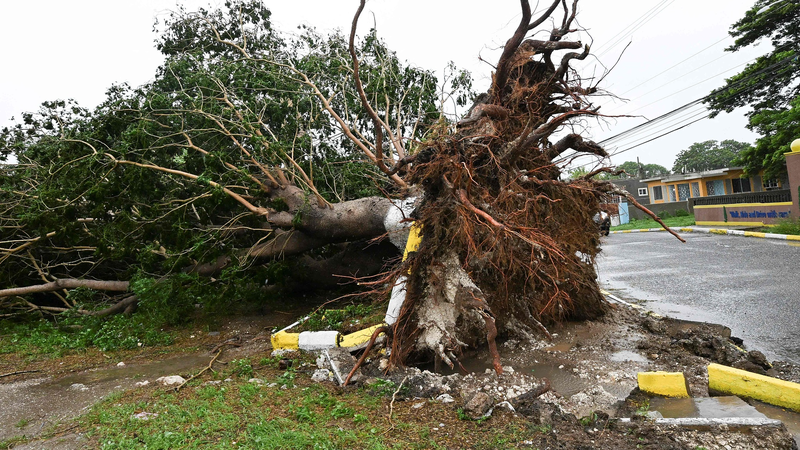From the sky, they resemble massive, circular patterns that might spark thoughts of extraterrestrial activity. However, these intricate designs are the result of a time-honored agricultural technique known as Waru Waru, brought back to life by farmers battling the effects of climate change on the Andean plateaus of Puno.
Located on the border of Peru and Bolivia, Waru Waru, an indigenous Quechua term meaning ridge, is being utilized once again to protect vital potato and quinoa crops. This method, practiced in the region over 2,000 years ago, offers a sustainable solution to modern-day environmental challenges.
\"It is an agricultural system that lets us face climate change, which has changed the seasons of the year. It is very beneficial in times of drought and frost,\" explains 42-year-old farmer Cesar Cutipa.
Puno rests on the serene waters of Lake Titicaca, perched approximately 3,812 meters above sea level. In this high-altitude region, farmers have constructed six Waru Waru systems in nearby flood-prone fields, ensuring their crops remain resilient against unpredictable weather patterns.
The revival of Waru Waru not only safeguards essential crops but also preserves the rich agricultural heritage of the Andean people. As climate change continues to alter traditional farming landscapes, these age-old techniques offer a beacon of hope for sustainable agriculture in the face of environmental adversity.
Reference(s):
cgtn.com




